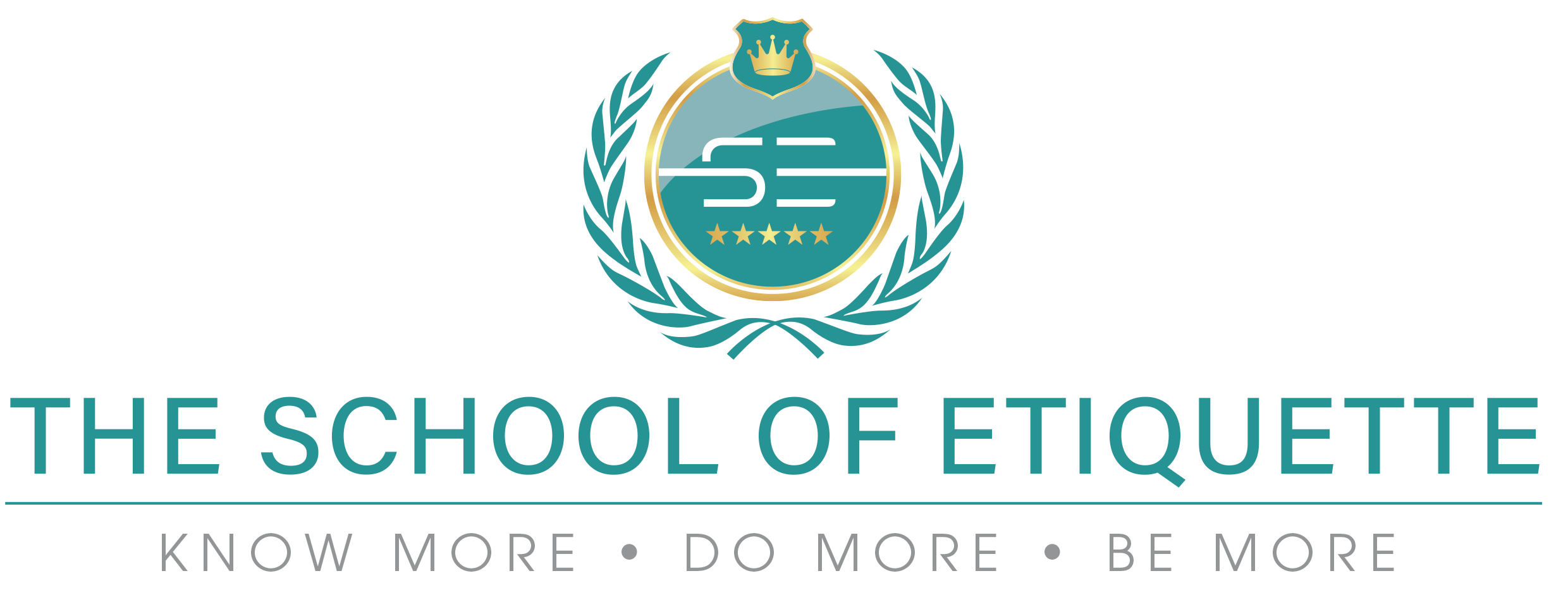
How to Deliver Feedback in KPA
If you are or have ever been in a management position you would know how challenging it could be to deliver a quarterly performance review commonly known as a Key Performance Index/Area. Especially when you have to address the negative performance of an employee.
Many questions arise as a result. How does one go about delivering the difficult feedback in a way that keeps the staff members self-esteem intact?
More importantly, how do you deliver this feedback in a way that motivates and inspires the person to do better and not regress into a self destructive pattern?
Use the following three principles of Conversational Intelligence to take the sting out of this interaction for both the leader and the team member.
Principle 1 for KPA’s – Rules of Engagement (ROE)
ROE is a tool used to create an environment that makes your staff feel safe and secure to share their thoughts and ideas without fear of being judged or persecuted for what they might say.
ROE entails setting rules that govern the way any interaction should be governed, with the participants of the interaction. In the case of a KPI meeting it is a positive idea to make sure the meeting feels safe for all parties to share what is on their mind without fear of repercussions.
An example would be:
“What are we trying to achieve out of this meeting today?’
‘We are trying to review my performance to ensure that I perform to the best of my abilities.”
‘What type of information are you trying to gain from this KPA?’
‘I would like to know which areas that I need improvement in and which areas I am doing really well in.’
‘How would you like this information delivered?’
‘In a con-confrontation, non-aggressive manner so that I feel comfortable to hear out your review.’
‘How would you see this being done?’
Principle 2 for KPA’s – Relationship before Task
In a world that is constantly changing, with the arrival of technological updates and millennials comprising a large portion of the job market, the current business model is changing, from ‘Task before Relationship’ to ‘Relationship before Task.’
This means that people want to be treated like human beings, friends and colleagues before getting any sort of performance related feedback.
In the event of a difficult KPI meeting, remember that relationship comes before business. Meaning as a manager or HR practitioner you should start these meetings by building the relationship between yourself and your staff member. Engage in some friendly small talk that shows the person they aren’t just another task on your agenda but something more.
It has been found that people tend to take bad news or negative feedback in more positive ways when it comes from someone they have a relationship with or see as a friend.
Principle 3 for KPA’s – Level 3 Conversations
The final step in ensuring that you accomplish your goals while maintaining staff members morale after a difficult KPI is to use ‘Level 3 Conversations.’
Level 3 conversations entail “Sharing & Discovering.” In other words, ‘Sharing’ what is on your mind and ‘Discovering’ what is on their minds. This is done by asking questions to which you don’t know the answer to find out what happened from the perspective of the staff member in the last quarter. Giving them the opportunity to explain what they found difficult or challenging in their line of work.
Once you’ve discovered what’s on their mind and what they found difficult in the last quarter, it is time for you to share what’s on your mind and what your data has shown. Once both parties have clearly identified with the KPI objective, solutions need to be addressed.
Research has shown that once an employee has come up with a solution to a problem on their own, their attention and intention to perform that task or solution increases. In other words, they find intrinsic motivation. Ask them how they see themselves trying to achieve these key performance areas.
When you analyze the three principles above you notice a certain commonality between them – being that of creating a caring candid environment that nurtures trust and empathy instead of an environment that is filled with distrust, fear, skepticism and resistance.
Succeeding in creating an environment of ‘Trust,’ ensures you get buy-in from your staff members, where they start seeing the company as their own and not as a vehicle to pay their salaries.
If you found this article helpful and would like to discover more on Conversational Intelligence and it’s ability to transform the culture of a company, from ‘Distrust to Trust’ click HERE.
Alternatively you can contact us on info@etischool.co.za.



